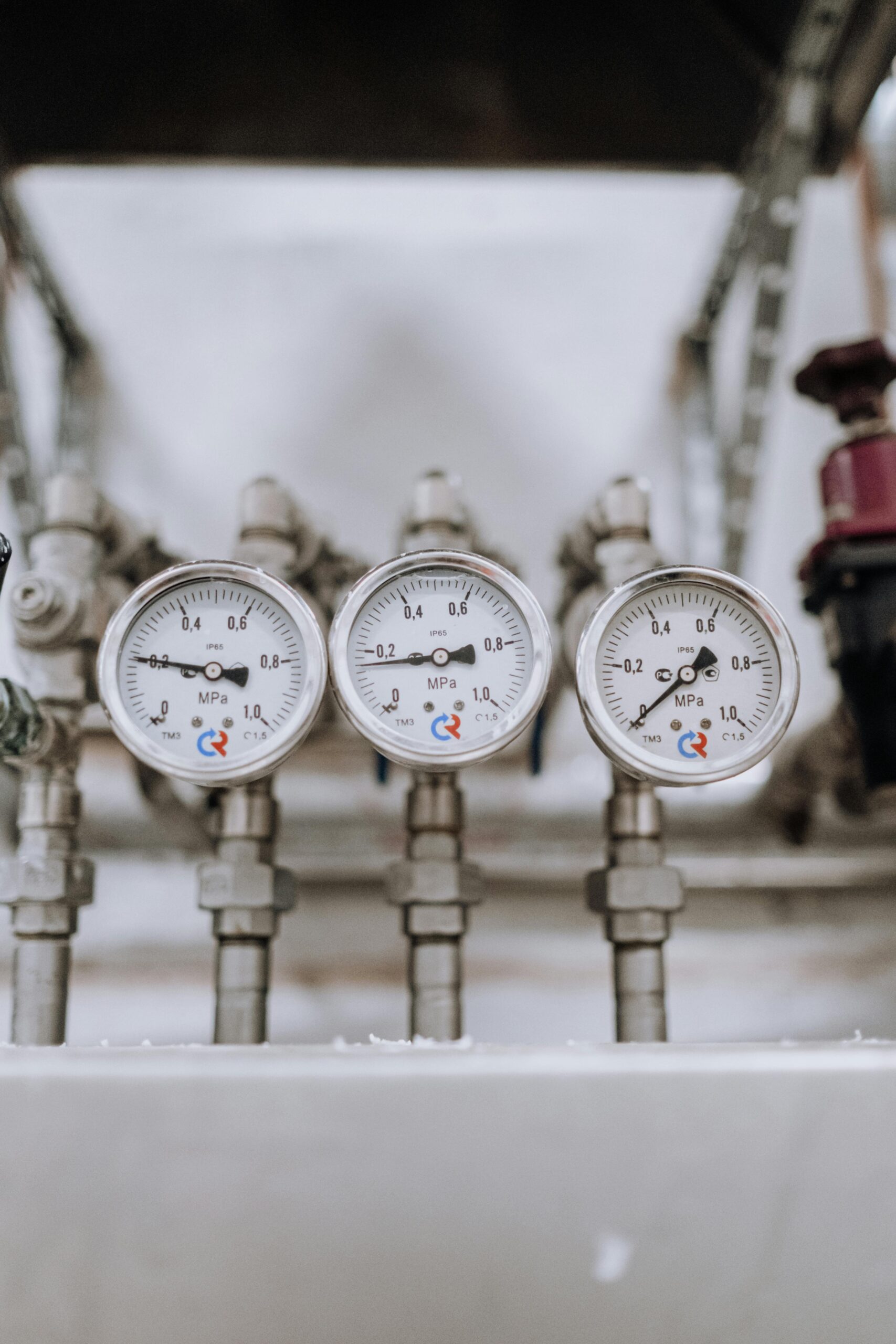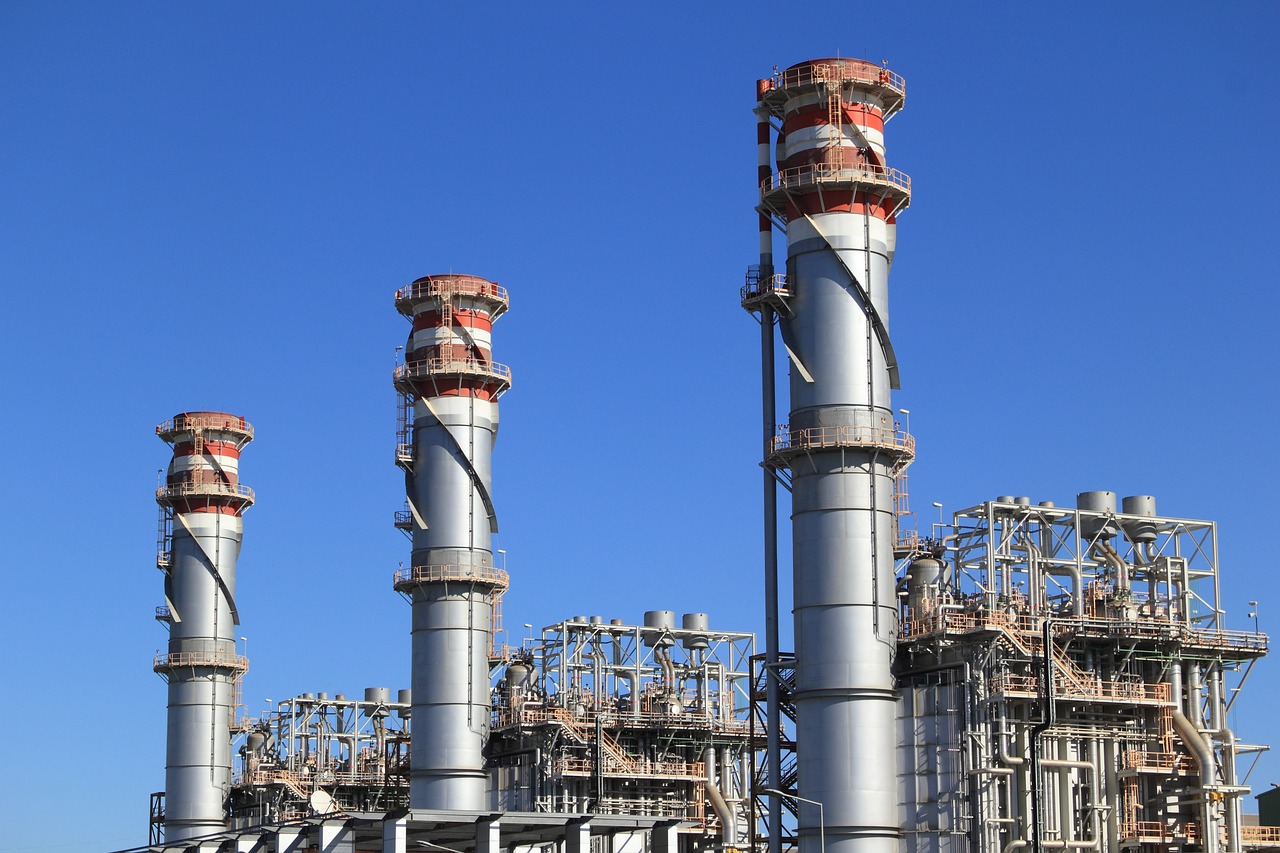Introduction
In an era marked by technological advancement and urbanization, the issue of air pollution has emerged as a pressing global concern. The presence of harmful substances in the air we breathe poses a significant threat to human health, the environment, and the delicate balance of our planet’s ecosystems. In this article, we embark on an exploration of air pollution – its various forms, sources, consequences, and the collective efforts required to combat this invisible yet formidable adversary.
The Faces of Air Pollution
Air pollution encompasses a myriad of pollutants, each with its own distinct characteristics and sources. From particulate matter to ground-level ozone, these pollutants can have far-reaching effects on our well-being and surroundings.
Particulate Matter (PM): These minuscule particles, often produced by vehicular emissions, industrial activities, and natural events like wildfires, pose a grave threat to respiratory health. PM2.5 and PM10 particles can infiltrate deep into our lungs, potentially leading to respiratory ailments and cardiovascular issues.
Ground-Level Ozone: Formed through complex chemical reactions involving precursor pollutants, ground-level ozone is a central component of smog. It can exacerbate respiratory conditions and challenge our respiratory systems, particularly during hot and sunny days.
Nitrogen Oxides (NOx): Emitted from combustion processes, these gases contribute to the formation of smog and acid rain. Their adverse effects on human health are a cause for concern, leading to respiratory problems and increased susceptibility to infections.
Sulfur Dioxide (SO2): Released primarily from fossil fuel combustion, SO2 can not only cause respiratory distress but also contribute to acid rain, affecting aquatic ecosystems and harming biodiversity.
Volatile Organic Compounds (VOCs): A ubiquitous presence in our surroundings, VOCs emanate from diverse sources such as vehicle emissions and household products. These compounds can react with other pollutants to generate ground-level ozone and significantly impact air quality.
The Ripple Effect: Consequences of Air Pollution
The repercussions of air pollution extend far beyond mere discomfort. They encompass a spectrum of health, environmental, and economic challenges that demand our immediate attention.
Health Impacts: Air pollution is closely linked to a range of health issues, from aggravated respiratory conditions to cardiovascular diseases and even premature death. Vulnerable populations, including children, the elderly, and individuals with pre-existing health conditions, are particularly at risk.
Environmental Degradation: Ecosystems are not immune to the harmful effects of air pollution. Acid rain, a consequence of sulfur dioxide emissions, can damage aquatic ecosystems, soil quality, and vegetation, disrupting delicate ecological balances.
Climate Change: The presence of greenhouse gases, including carbon dioxide and methane, contributes to climate change by trapping heat in the atmosphere. Rising global temperatures, sea level changes, and extreme weather events are just a few manifestations of this phenomenon.
Economic Burden: Air pollution exacts a heavy toll on economies, straining healthcare systems, reducing labor productivity, and imposing costs related to environmental remediation and infrastructure damage.
Fighting Back: Collaborative Solutions
The fight against air pollution demands collective action on a global scale. Governments, industries, communities, and individuals all play a pivotal role in mitigating its effects and charting a path toward cleaner air.
Policy and Regulation: Enacting and enforcing stringent emission standards is a crucial step in curbing air pollution. Governments must collaborate with industries to implement sustainable practices and technologies that reduce harmful emissions.
Clean Energy Transition: Shifting from fossil fuels to renewable energy sources can significantly reduce air pollution. Investing in solar, wind, and hydropower technologies not only enhances air quality but also contributes to a greener and more sustainable future.
Transportation Innovation: Promoting public transportation, electric vehicles, and sustainable urban planning can reduce vehicular emissions, a major contributor to air pollution in urban areas.
Community Awareness: Educating communities about the sources and consequences of air pollution empowers individuals to make informed choices and advocate for cleaner environments.
Conclusion
Air pollution is a formidable adversary that requires urgent and sustained attention. Its far-reaching impacts underscore the interconnectedness of our planet’s ecosystems and the imperative for global cooperation. By embracing cleaner technologies, advocating for sustainable practices, and fostering an unwavering commitment to safeguarding the air we breathe, we can pave the way toward a healthier, more resilient, and harmonious future. The battle against air pollution is a collective endeavor, one that holds the promise of brighter skies and a cleaner, revitalized world for generations to come.














